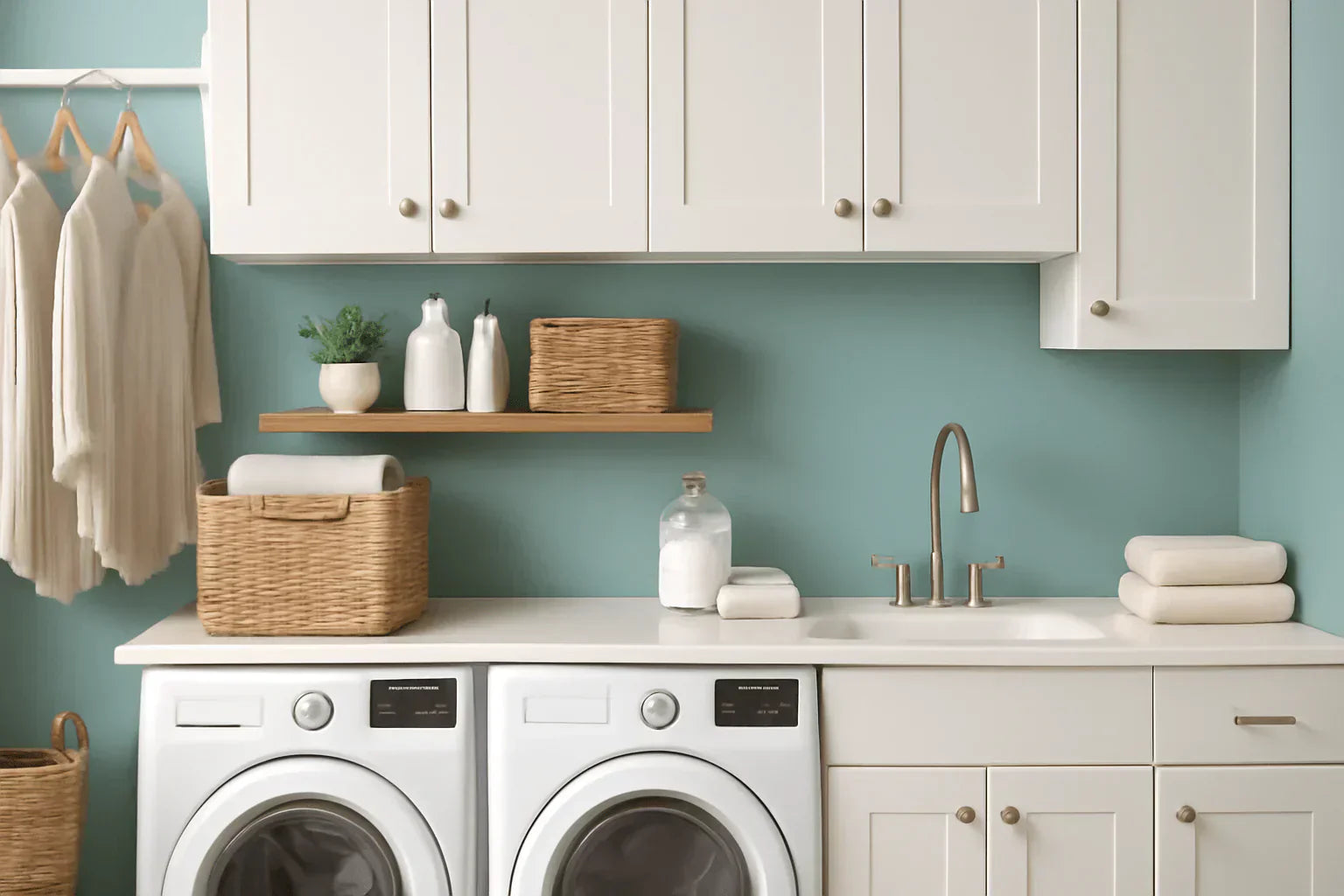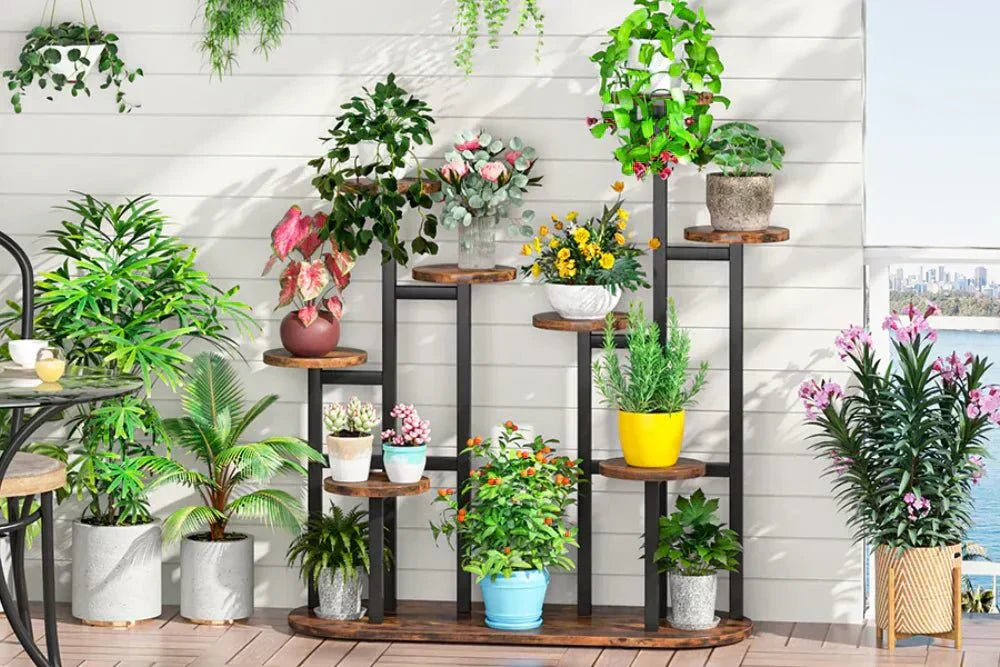Though often modest in size, the bedside table is arguably one of the most hardworking pieces of furniture in your bedroom. The perfect nightstand strikes a delicate balance, offering a convenient spot for your bedtime essentials while elevating the room's overall aesthetic. This comprehensive guide will walk you through key decision points—from proportions and dimensions to materials, finishes, and smart features—ensuring your choice not only fits your space but enhances your daily routine. Discover how to select a bedside table that delivers both style and substance.
1. What is the Ideal Bedside Table Height?
Getting the height correct is paramount for both comfort and visual harmony. The golden rule is to aim for a nightstand that is level with the top of your mattress, or within a couple of inches above or below.
Standard UK bed heights (including the mattress) typically range from approximately 24 to 28 inches. A nightstand within this range will feel natural. One that is too low forces you to awkwardly reach down, while one that is excessively high can look disproportionate and make accessing items a chore.

For a contemporary, low-profile divan or platform bed, you might opt for a shorter bedside table, around 20-22" high. Conversely, a taller, statement bed frame with a thick mattress may be better balanced by a nightstand up to 30" tall. The true test? When lying in bed, you should be able to comfortably reach for a book or glass of water without straining.
2. Is it Better for a Nightstand to be Taller than the Bed?
When in doubt, erring on the side of slightly taller is generally recommended. A nightstand that stands just an inch or two above the mattress line is often more practical and visually appealing. It ensures items are within effortless reach and helps a bedside lamp achieve a better proportion relative to the bed.
- A lower table can complement a specific aesthetic, such as a minimalist platform bed setup. However, for most bedroom layouts, a slightly taller nightstand creates a sense of vertical balance, especially effective when countering a substantial headboard or a deep mattress. It’s a simple trick used by interior designers to add depth to a room.
3. Space-Saving Nightstand Ideas for Compact UK Bedrooms
In Britain's often characterful yet smaller bedrooms, a bulky nightstand can overwhelm the space. The key is to seek out clever, multi-functional designs that maximise utility without encroaching on precious floor area.
Consider these savvy solutions for limited space:
- Slimline Designs: Opt for tall, narrow cabinets that offer vertical storage without a large footprint.
- Wall-Mounted Nightstands or Floating Shelves: These are excellent for freeing up floor space, creating an airy, open feel—perfect for a modern bedroom.
- Multi-Purpose Pieces: A small stool or compact storage cube can serve as a nightstand while also offering extra seating or acting as an accent piece.
- Integrated Technology: Models with built-in USB charging ports reduce cable clutter, eliminating the need for extra adapters.
Ensure there is a clear walkway of at least 60-75cm around the bed to maintain a comfortable flow. In a particularly tight room, don’t feel obligated to use a matching pair. A single, well-chosen nightstand can create a beautifully asymmetrical yet balanced look.
4. Selecting a Colour and Finish for Your Décor
Moving beyond safe neutrals can inject instant personality into your sanctuary. While shades of white, black, and natural wood are perennial favourites, a bold hue can act as a stunning accent. Rich navy blue, earthy sage green, or sophisticated charcoal grey can add depth and character, particularly against neutral wall colours.
For a calming and restful atmosphere, softer tones like muted blush or dusty grey-green are ideal. To ensure your choice feels intentional, subtly tie the colour back to other elements in the room, such as a throw pillow, rug, or piece of art.
For those who prefer a timeless look, neutral finishes offer unparalleled versatility. They provide a serene backdrop and blend effortlessly with existing furniture. Recently, muted earth tones like terracotta, taupe, and olive green have gained popularity in British homes, offering a warmer, softer alternative to stark neutrals.

5. A Guide to Materials: From Solid Wood to Modern Metals
The material of your bedside table dictates its durability, maintenance, and overall style.
Wooden Nightstands
Wood remains a classic choice for British homes, offering warmth and longevity.
- Solid Wood: Crafted from timbers like oak, walnut, or beech, solid wood bedside tables are exceptionally durable. They can develop a beautiful patina over time and can often be refurbished, making them a worthwhile investment for a forever piece.
- Engineered Wood: Options like MDF (Medium-Density Fibreboard) with a wood-effect veneer are a more budget-friendly alternative. They are resistant to warping and offer a consistent look, ideal for those furnishing a guest room or working within a specific budget. Tribesigns expertly utilises both high-quality solid wood and engineered wood, ensuring there is a beautiful and accessible option for every homeowner.
Metal and Glass
For an industrial or ultra-modern vibe, metal frames with glass tops lend a sleek, lightweight feel. They help to create a sense of openness in a smaller room.
Rattan or Cane
These materials introduce texture and a relaxed, natural charm, perfect for creating a coastal or Bohemian-inspired retreat. They work wonderfully to soften a room with more rigid lines.

Stone and Marble Tops
A marble or stone-topped nightstand adds a touch of instant luxury and is highly durable. For a more practical and lightweight option, high-quality faux marble finishes can achieve a similar aesthetic.
Remember, matching your bedroom suite perfectly is no longer a necessity. Curating a layered look by mixing materials—for example, pairing a wooden bed with metal nightstands—often creates a more dynamic and personal interior.
6. Practical Features for Modern Living
Beyond aesthetics, consider how the nightstand will serve you day-to-day.
- Storage Solutions: Decide between enclosed drawers for hiding clutter, open shelves for easy access to books, or a combination of both.
- Cable Management: In our connected world, a nightstand with integrated cable management or built-in charging ports is a significant advantage for powering devices neatly.
- Proportion: A good rule of thumb is that the nightstand’s width should be roughly one-third the width of your bed for a balanced appearance.
7. Final Recommendations for Your Perfect Fit
Ultimately, the best bedroom interiors reflect personal style. Don't be afraid to mix and match rather than buying a rigid furniture set. This approach adds character and visual interest.
When investing in furniture, quality is key. At Tribesigns, we design our collection of beside tables and bedside cabinets with a focus on intelligent design, robust materials, and timeless appeal. Whether you're seeking a space-saving nightstand for a compact room or a statement piece for a master bedroom, our range offers versatile solutions to meet the demands of modern UK living.
We are also committed to sustainability. With every Tribesigns purchase, we contribute to reforestation efforts, ensuring your choice supports a greener future.
A well-chosen bedside table is more than just a surface; it’s a functional anchor for your bedroom. With Tribesigns, you can find a piece that is not only stylish and practical but also consciously crafted for you to enjoy for years to come.



